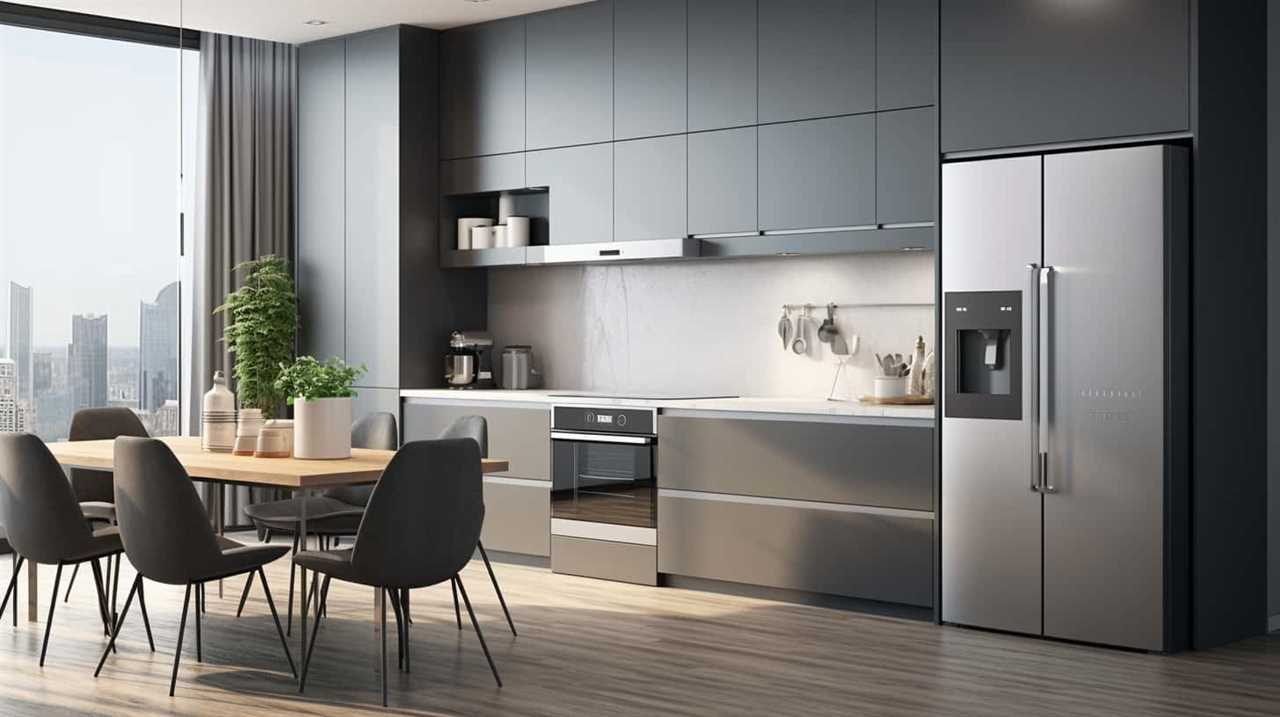Ladies and gentlemen, let’s explore the latest trends in the smart appliance industry together.
As we delve into this ever-evolving realm, we are met with a plethora of technological advancements that have revolutionized our homes. The integration of Artificial Intelligence has bestowed upon us appliances that can learn, adapt, and anticipate our needs.
Voice-activated smart appliances have transformed the way we interact with our devices, offering a seamless and hands-free experience. The Internet of Things (IoT) has connected our appliances, allowing them to communicate and collaborate in creating a harmonious living environment.
Energy efficiency and sustainability have become paramount, prompting the development of appliances that conserve resources and reduce our carbon footprint. With these smart features, we are granted an enhanced user experience that elevates our mastery over our homes.

Key Takeaways
- Integration of artificial intelligence and voice control enhances capabilities and user experience in smart appliances.
- Internet of Things (IoT) connectivity revolutionizes the smart appliance sector, allowing remote monitoring and control.
- Energy efficiency and sustainability are promoted through IoT connectivity and real-time monitoring.
- Smart appliances offer enhanced user experience and convenience through voice control, mobile connectivity, and personalization options.
Integration of Artificial Intelligence
We frequently integrate artificial intelligence into smart appliances to enhance their capabilities and improve user experience. One of the key aspects of this integration is the use of natural language processing (NLP) technology. NLP allows appliances to understand and respond to human language, enabling users to interact with their devices in a more intuitive and natural way. Through NLP, smart appliances can interpret voice commands, answer questions, and even engage in conversations with users. This not only simplifies the user interface but also provides a more personalized and immersive experience.
Another important component of AI integration is machine learning. By continuously analyzing data and patterns, smart appliances can adapt and learn from user behavior. This enables them to anticipate user needs and preferences, making appliances more intuitive and proactive in their functioning. For example, a smart refrigerator can learn the types of food a user typically buys, their consumption patterns, and even suggest recipes based on available ingredients. Similarly, a smart washing machine can learn the optimal settings for different types of fabrics and adjust its cycles accordingly.
Voice-Activated Smart Appliances
Our research has revealed a significant increase in the adoption of voice-activated smart appliances in recent years. Voice recognition technology in smart appliances has made it easier for users to interact with their devices, offering a more intuitive and seamless experience. The advancements in natural language processing for smart appliances have played a crucial role in improving the accuracy and responsiveness of voice commands.
Voice recognition technology utilizes machine learning algorithms to understand and interpret spoken words. This technology has become more sophisticated over time, allowing smart appliances to accurately recognize and respond to voice commands. With voice-activated smart appliances, users can control various functions such as adjusting temperature, setting timers, and even ordering groceries, all with just their voice.
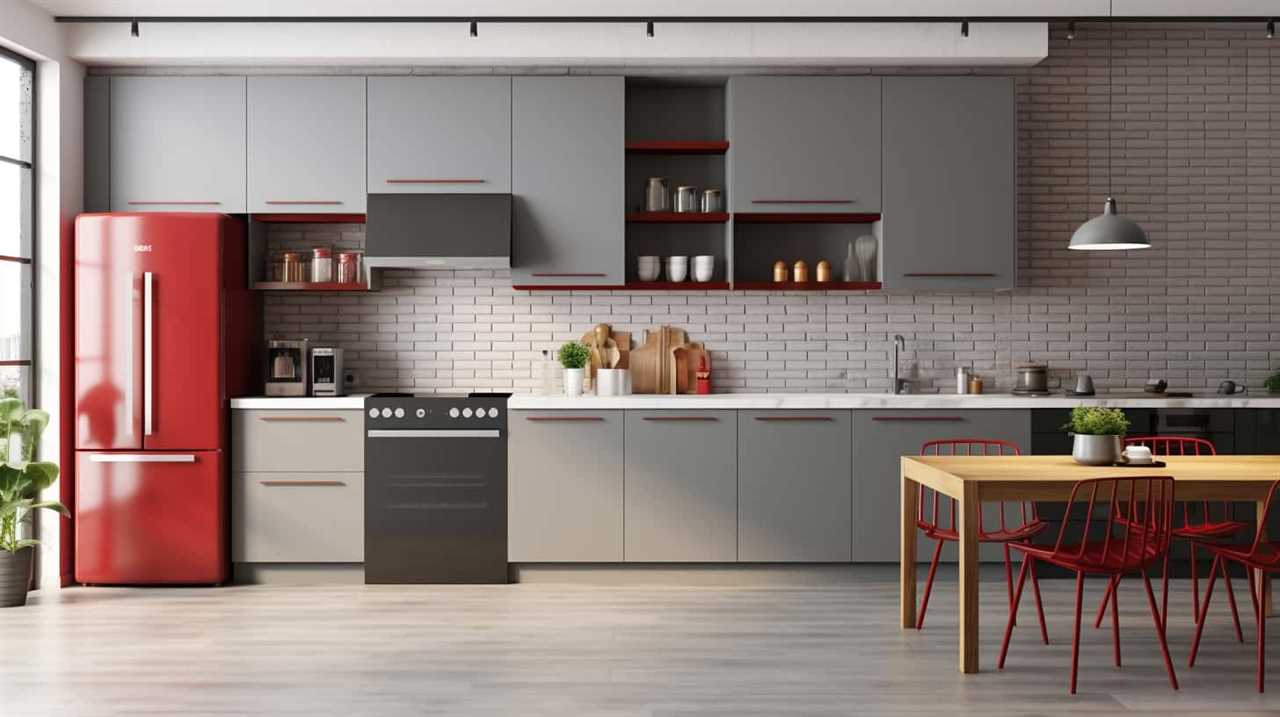
Advancements in natural language processing have further enhanced the capabilities of voice-activated smart appliances. Natural language processing enables smart appliances to understand and interpret the context of a conversation, allowing for more complex commands and interactions. This technology has enabled appliances to provide personalized recommendations, suggestions, and even engage in simple conversations with users.
The widespread adoption of voice-activated smart appliances can be attributed to the convenience and efficiency they offer. With just a few words, users can effortlessly control their appliances, saving time and effort. As voice recognition technology and natural language processing continue to evolve, we can expect even more sophisticated and intelligent voice-activated smart appliances in the future.
Internet of Things (IoT) Connectivity
The increasing integration of Internet of Things (IoT) connectivity has revolutionized the smart appliance sector, enhancing their functionality and enabling seamless communication between devices. With smart home automation becoming more prevalent, IoT connectivity plays a crucial role in creating a connected ecosystem within our homes.
Here are some key insights on how IoT connectivity is shaping the smart appliance sector:

- Enhanced Control: IoT connectivity allows users to remotely monitor and control their appliances through smartphone apps or voice commands. This enables greater convenience and flexibility in managing household tasks.
- Energy Efficiency: Smart appliances connected through IoT can optimize energy consumption by analyzing usage patterns and adjusting settings accordingly. This not only helps reduce energy wastage but also leads to cost savings for homeowners.
- Enhanced Safety and Security: IoT connectivity enables real-time monitoring of appliances, providing alerts and notifications in case of malfunctions or potential safety hazards. Additionally, it allows for remote monitoring of security appliances, such as smart locks and cameras, enhancing home security.
- Integration and Interoperability: IoT connectivity promotes interoperability among smart appliances from different manufacturers, allowing them to work together seamlessly. This integration enhances the overall functionality and user experience of the smart home ecosystem.
As the smart appliance sector continues to evolve, IoT connectivity will play a pivotal role in shaping the future of our homes. Its ability to enable smart home automation and remote monitoring will further enhance our convenience, energy efficiency, and overall safety.
Energy Efficiency and Sustainability
With the increasing integration of IoT connectivity in the smart appliance sector, we can now delve into the subtopic of energy efficiency and sustainability. Energy monitoring and eco-friendly design are two key aspects that contribute to the overall goal of reducing energy consumption and promoting sustainable practices.
Energy monitoring allows users to track and analyze their energy usage in real-time. By providing insights into which appliances consume the most energy, individuals can make informed decisions to optimize their usage and reduce wastage. This not only helps save on energy bills but also reduces the overall carbon footprint.
Another important aspect is the eco-friendly design of smart appliances. Manufacturers are increasingly focusing on developing products that are energy-efficient and use sustainable materials. This includes using energy-saving technologies, such as LED lighting and low-power modes, as well as incorporating recycled materials in the manufacturing process.
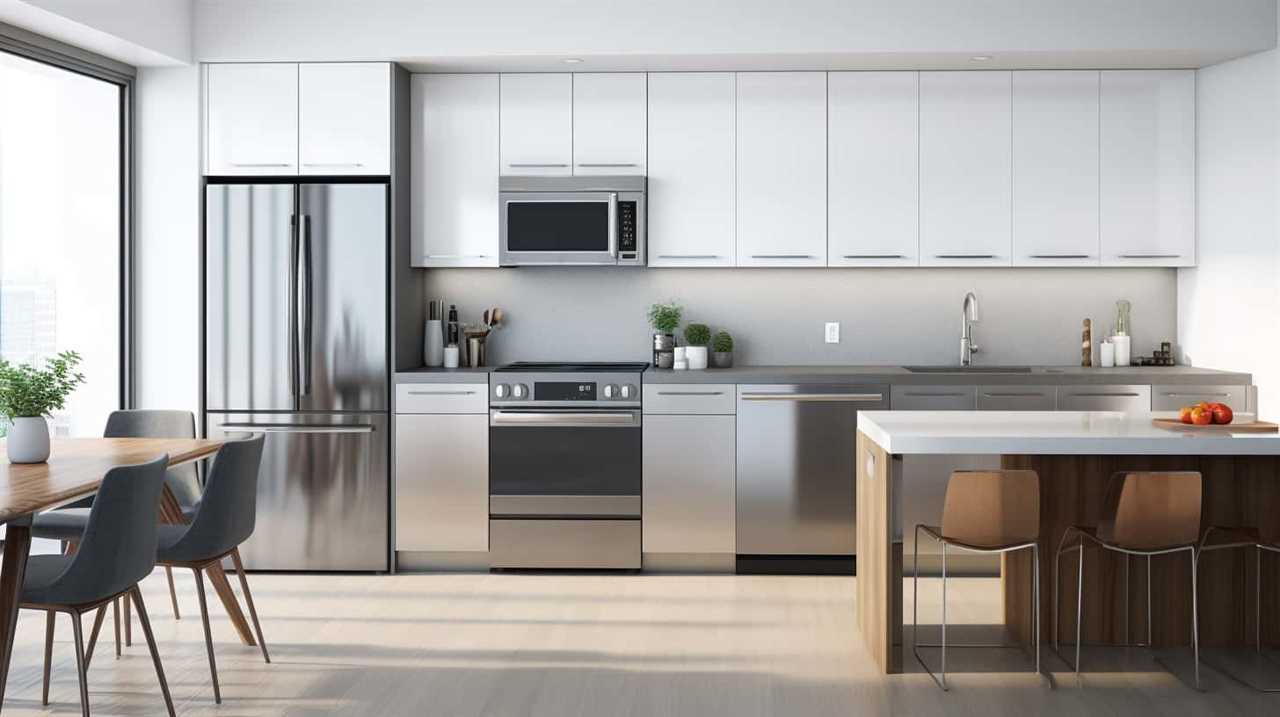
Furthermore, smart appliances are designed with the aim of minimizing environmental impact. For instance, some appliances have features that allow them to operate during off-peak hours when the demand for electricity is lower, leading to a more efficient use of resources.
Enhanced User Experience Through Smart Features
We can enhance our user experience with smart appliances through the integration of innovative features. Smart appliance design is focused on creating products that aren’t only functional but also intuitive and user-friendly. By incorporating advanced technology and a user-friendly interface, smart appliances can provide a seamless and enjoyable experience for users.
Here are four key ways in which smart features enhance the user experience:
- Voice control: Smart appliances with voice control capabilities allow users to easily operate their devices through simple voice commands. This eliminates the need for complex button configurations or remote controls, making the interaction with the appliance effortless and convenient.
- Mobile connectivity: Smart appliances that can be controlled and monitored through a mobile app provide users with the flexibility to manage their devices from anywhere. Whether it’s adjusting settings, receiving notifications, or even troubleshooting issues, the ability to control appliances through a smartphone offers a high level of convenience and accessibility.
- Personalization: Smart features allow users to personalize their appliance settings based on their preferences and lifestyle. Whether it’s setting custom cooking programs, creating personalized profiles, or saving preferred settings, smart appliances offer a tailored experience that caters to individual needs.
- Integration with other smart devices: Smart appliances that can seamlessly integrate with other smart devices in the home create a cohesive and interconnected ecosystem. This allows for an enhanced user experience, where appliances can work together intelligently, sharing information and coordinating tasks to optimize efficiency and convenience.
Frequently Asked Questions
How Do Smart Appliances Integrate Artificial Intelligence to Enhance Their Functionality?
We integrate artificial intelligence in smart appliances through machine learning and natural language processing. These technologies enhance functionality by allowing appliances to learn from user patterns and respond to voice commands for a more personalized and efficient experience.
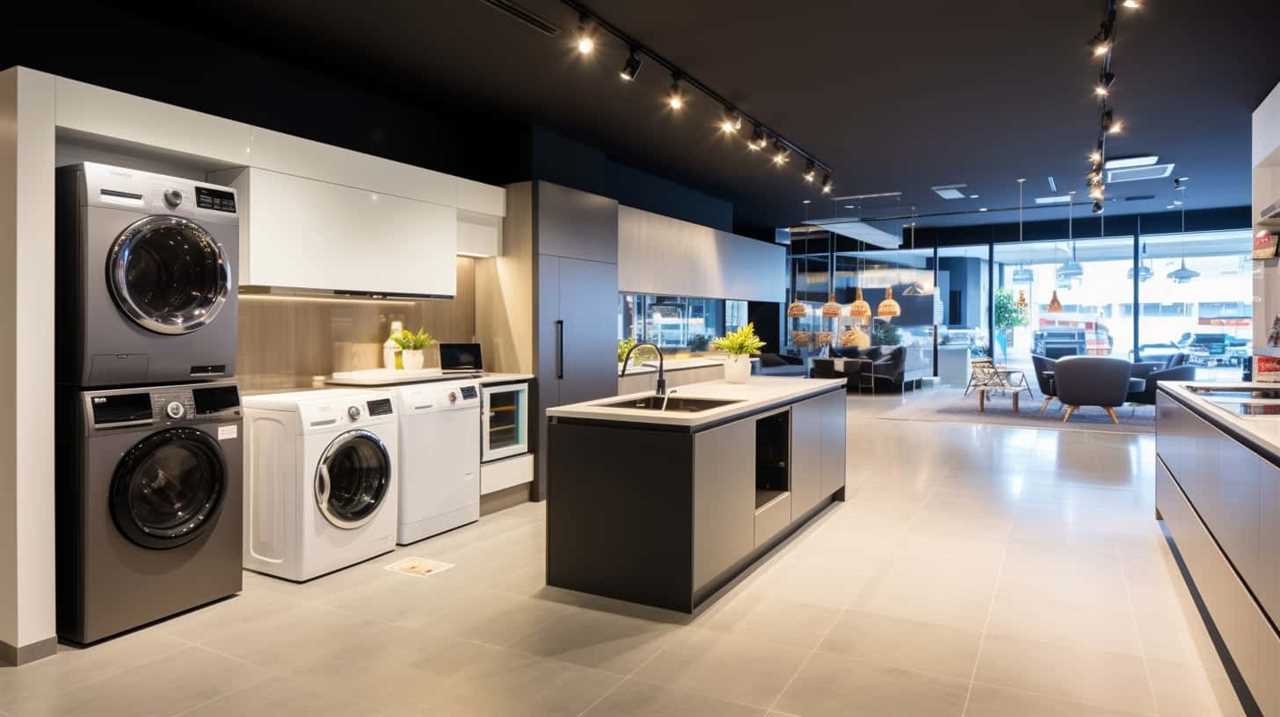
What Are the Benefits of Voice-Activated Smart Appliances and How Do They Work?
Voice-activated smart appliances enhance user experience by allowing seamless control through simple commands. These appliances work by integrating AI technology, enabling connectivity with other smart devices and implementing sustainability measures for efficient energy usage.
How Does Iot Connectivity Contribute to the Overall Efficiency and Convenience of Smart Appliances?
IoT connectivity enhances the efficiency and convenience of smart appliances by enabling remote control and monitoring. However, challenges like security and compatibility need to be addressed. The impact of smart appliances on home automation is significant, revolutionizing the way we live.
What Measures Are Being Taken to Improve Energy Efficiency and Promote Sustainability in the Smart Appliance Sector?
We’re seeing exciting advancements in the smart appliance sector to improve energy efficiency and promote sustainability. Energy-saving technologies and eco-friendly manufacturing practices are being embraced, paving the way for a greener future.
What Are Some of the Unique Smart Features That Enhance User Experience and Make Appliances More Convenient to Use?
Smart appliances today offer a range of unique features that enhance user experience and convenience. With energy-saving technologies and the role of sensors, appliances can now automate tasks, provide personalized settings, and even communicate with other devices in the home.
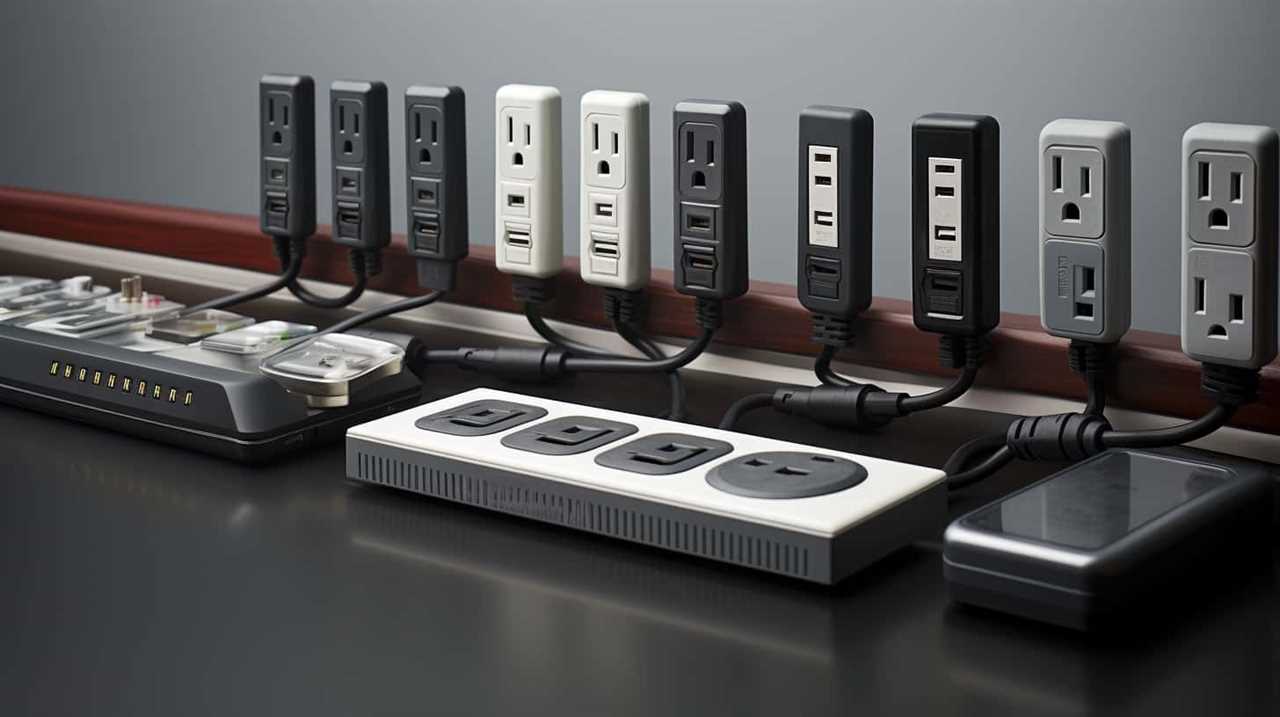
Conclusion
As we delve into the world of smart appliances, it becomes evident that they’re no longer just tools, but rather companions that effortlessly integrate into our lives.
With the integration of Artificial Intelligence, voice activation, IoT connectivity, and energy efficiency, these appliances have become the orchestra conductor of our homes, orchestrating our daily routines with precision.
Just like a symphony, they harmonize the elements of convenience, sustainability, and enhanced user experience, creating a symphony of efficiency in our modern lifestyles.

